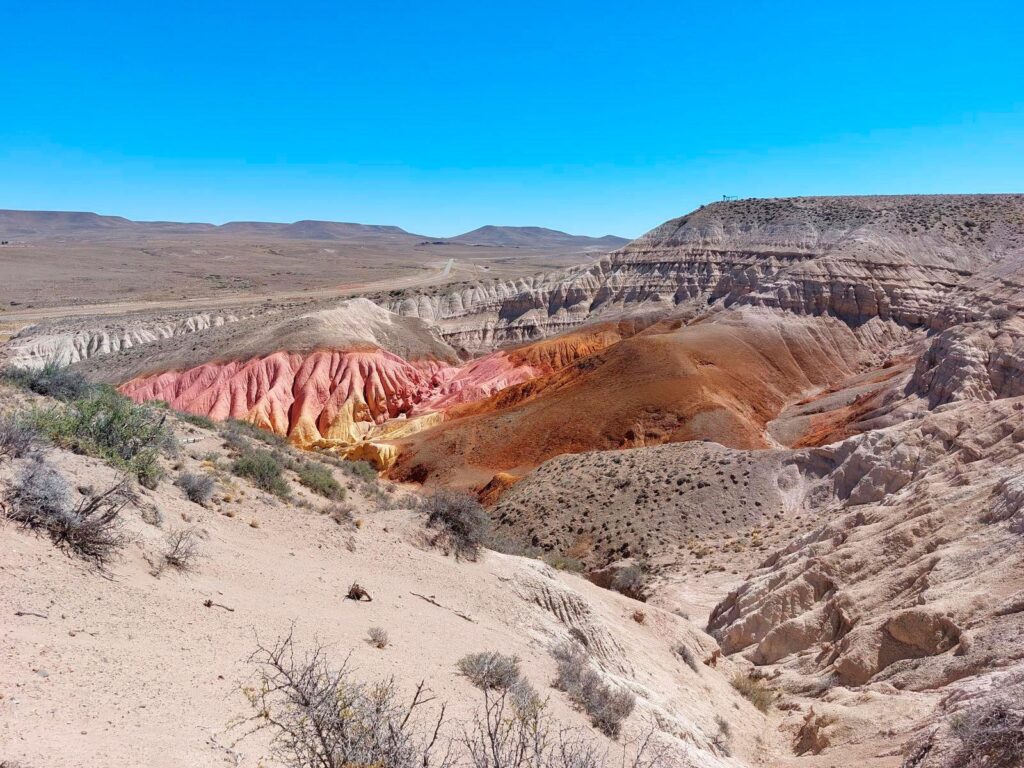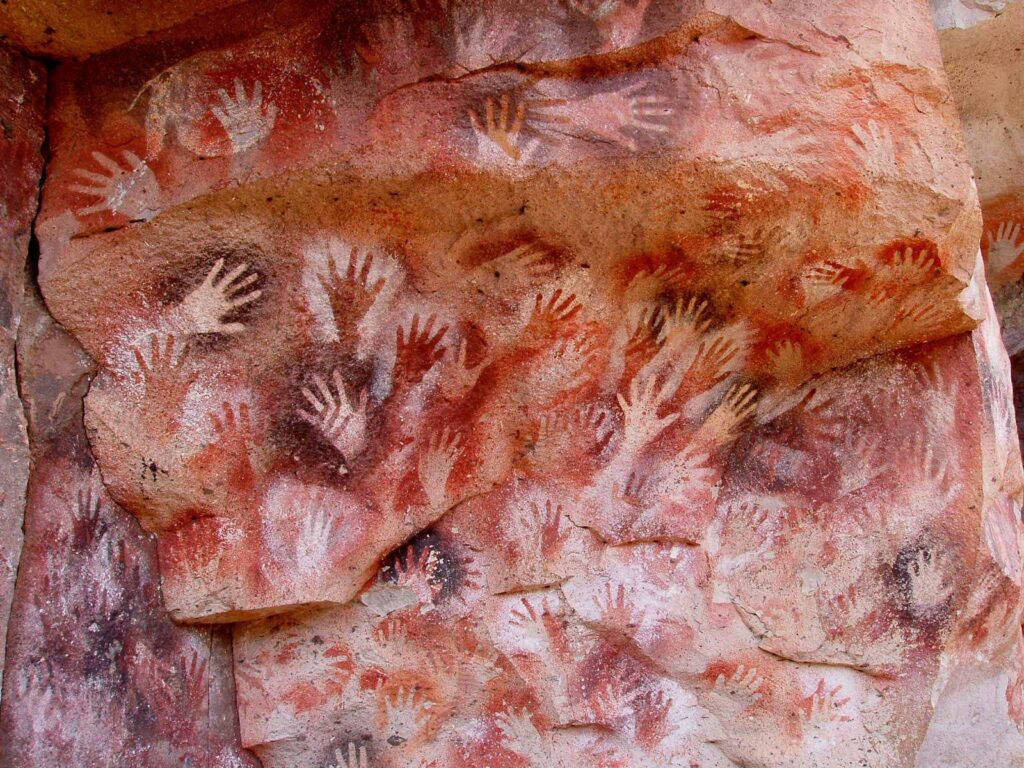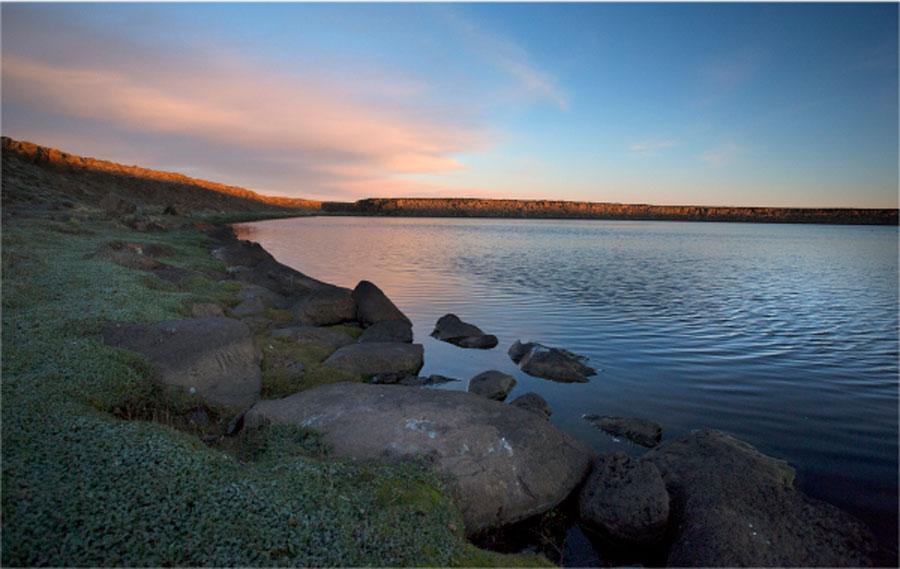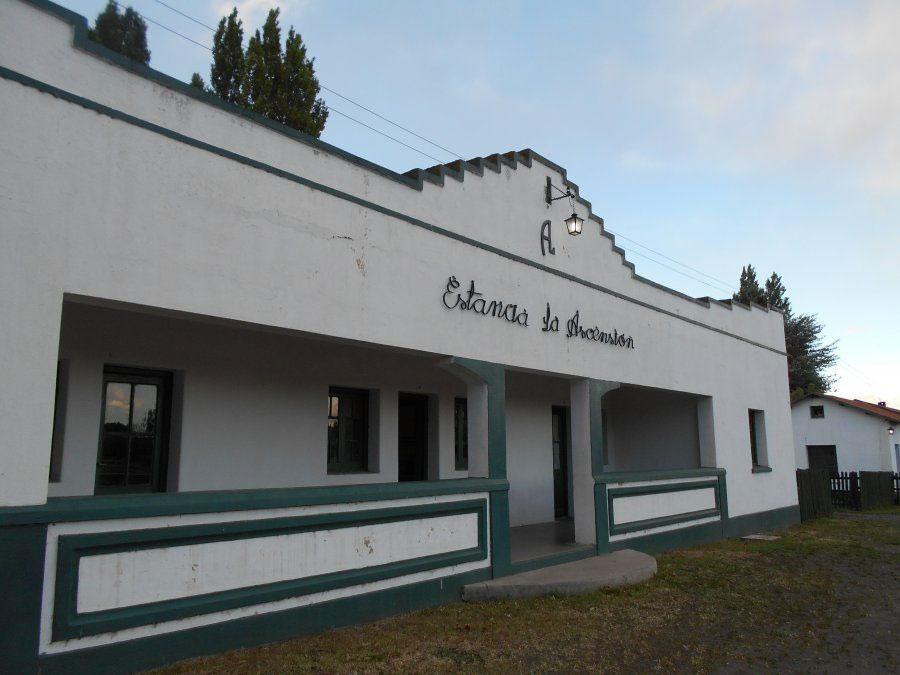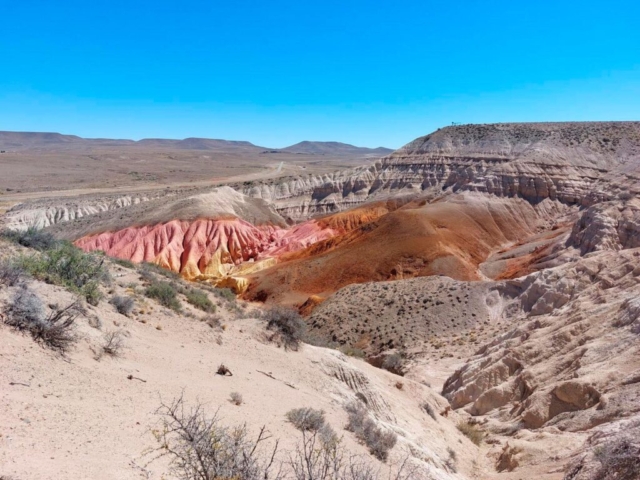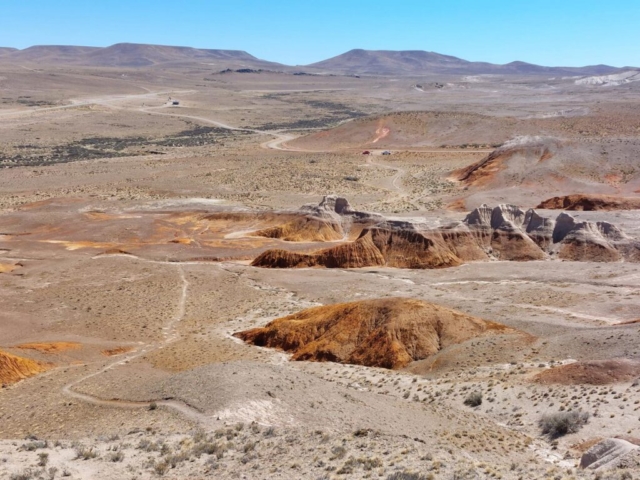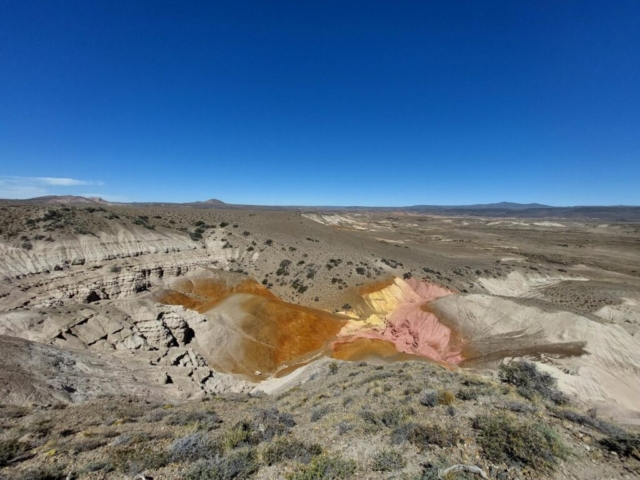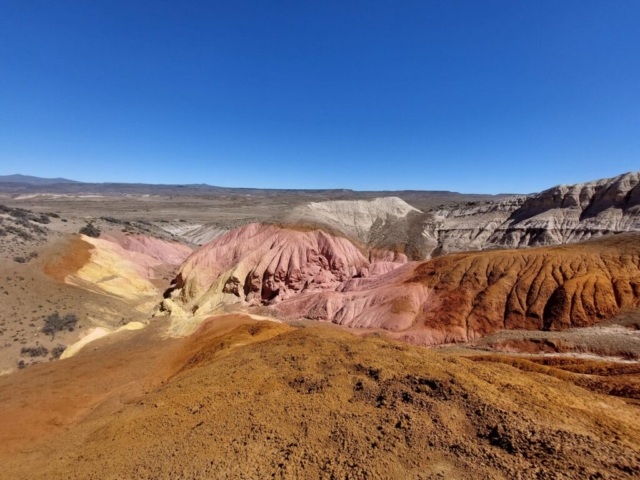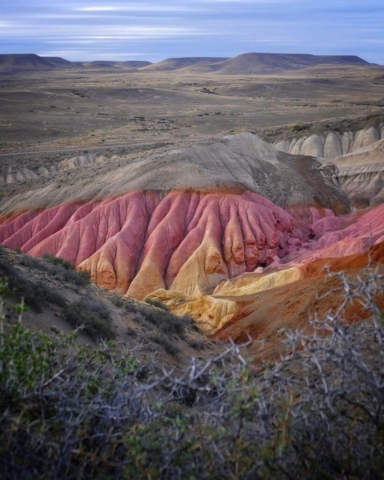Content
- 1 Introduction to Portal Cañadón Pinturas
- 2 History of Cañadón Pinturas
- 3 Climate in Cañadón Pinturas
- 4 Biodiversity: Observable Fauna and Flora
- 5 Tourist Routes through the Canyon
- 6 Conservation Tips and Ecotourism
- 7 Portal Cañadón Pinturas in Popular Culture
- 8 How to Get There and Accommodation
- 9 What to See Nearby
- 10 Photo Gallery
In the most pristine corner of Argentine Patagonia, the Portal Cañadón Pinturas is a treasure to discover, a sanctuary of history and biodiversity, a place where nature and prehistoric art merge into a spectacular landscape. We invite adventurers, history enthusiasts, and explorers of all ages to embark on this virtual journey.
Introduction to Portal Cañadón Pinturas
Geographic Location and Basic Facts
Portal Cañadón Pinturas is located in the province of Santa Cruz, in Patagonia National Park in Argentina. This open-air archaeological site, famous for its iconic cave paintings, is an impressive canyon formed by the Pinturas River.
Historical and Cultural Significance
Portal Cañadón Pinturas is more than just a natural spot. Its historical and cultural significance lies in the ancient hand paintings and other motifs that adorn the cave walls. These treasures of rock art are a unique testament to the ancient cultures that inhabited the area thousands of years ago.
History of Cañadón Pinturas
Geological and Prehistoric Origins
This immense canyon was formed over millions of years by the erosion of the Pinturas River. Human history in the region dates back more than 10,000 years when the first hunters and gatherers began to make this region their home.
Human Presence and Rock Art
The canyon houses the famous "Cueva de las Manos (Cave of Hands)," an exceptional archaeological site filled with impressive cave paintings depicting human hands, animals, and other motifs. These ancient murals are the oldest evidence of human presence in Argentina.
This cave is located on one of the canyon walls and is famous for its prehistoric hand paintings, which are among the most impressive examples of prehistoric art in South America.
Climate in Cañadón Pinturas
Seasons and Weather Conditions
In general, the climate in Portal Cañadón Pinturas is semi-arid, with mild summers and cold winters. The best conditions for visiting the park usually occur in spring and autumn, when temperatures are more moderate, and rainfall is less likely.
Best Time to Visit
The best time to visit Cañadón Pinturas is from October to April, during the warmer months. However, the summer months can also be ideal for those who want to enjoy the spectacle of the changing colors of the landscape.
Biodiversity: Observable Fauna and Flora
Characteristic Flora
Portal Cañadón Pinturas hosts a wide variety of plants adapted to the harsh conditions of Patagonia. Here, you can find species such as jarilla, calafate, and coirón.
Native Fauna
As for fauna, guanacos, foxes, choiques, and a wide variety of birds can be spotted. For nature enthusiasts, it is an ideal place for observing animals in their natural habitat.
Tourist Routes through the Canyon
Hiking and Climbing Routes
The park offers several hiking routes that traverse spectacular natural landscapes, including steep slopes, deep canyons, and arid plateaus. The most adventurous can enjoy challenging climbing routes that offer panoramic views of the canyon and its surroundings.
Points of Interest and Viewpoints
Notable points of interest include panoramic views from the canyon’s viewpoints, the Cave of Hands, and various other rock art sites. Each of these places offers a unique experience and breathtaking views of the Patagonian landscape.
Guided Tours and Educational Activities
There are several local agencies that offer guided tours of the canyon, providing detailed information about its history, geology, and biodiversity. Educational activities may include talks about the area’s early inhabitants, the animals that inhabit the area, and ancient rock painting techniques.
Conservation Tips and Ecotourism
Park Rules for Visitors
Visitors to Portal Cañadón Pinturas must follow certain rules to ensure the protection of the park and its biodiversity. These rules include the prohibition of collecting plants or animals, making fires, or littering. Visitors should also follow marked routes and avoid getting too close to wildlife.
How to Contribute to the Conservation of the Place
In addition to following the park rules, visitors can contribute to the conservation of Portal Cañadón Pinturas by supporting local sustainable tourism businesses, participating in clean-up and educational activities, and spreading the message of respect and love for nature.
Portal Cañadón Pinturas in Popular Culture
Appearances in Literature, Film, and Television
Cañadón Pinturas has inspired numerous works of literature, film, and television. With its stunning landscape and ancient history, it has served as a backdrop for documentaries, novels, and movies, helping to introduce this incredible place to a global audience.
Local Events and Festivals
Furthermore, several events and festivals are held in the region throughout the year, many of which celebrate the rich history and culture of Patagonia. Visitors have the opportunity to enjoy traditional activities, art exhibitions, and local cuisine.
How to Get There and Accommodation
Transportation from Major Cities
To reach Portal Cañadón Pinturas, visitors typically fly to the cities of Comodoro Rivadavia or Río Gallegos and then take a rented car or bus to the park. The park’s access is well-marked, and it can be reached via paved roads.
Nearby Accommodation Options
In the vicinity of Cañadón Pinturas, there are several accommodation options, from rustic hostels to campgrounds and vacation home rentals. Although the selection is not extensive, the available accommodations often provide a welcoming atmosphere and spectacular views of the Patagonian landscape.
Recommendations for a Safe Visit
It’s important to remember to wear appropriate clothing and footwear for hiking and to protect yourself from the unpredictable Patagonian weather. It is also recommended to bring water and snacks, as well as sunscreen and insect repellent. Finally, it’s always best to visit the park with an experienced guide who can provide valuable information and ensure a safe and enriching experience.
